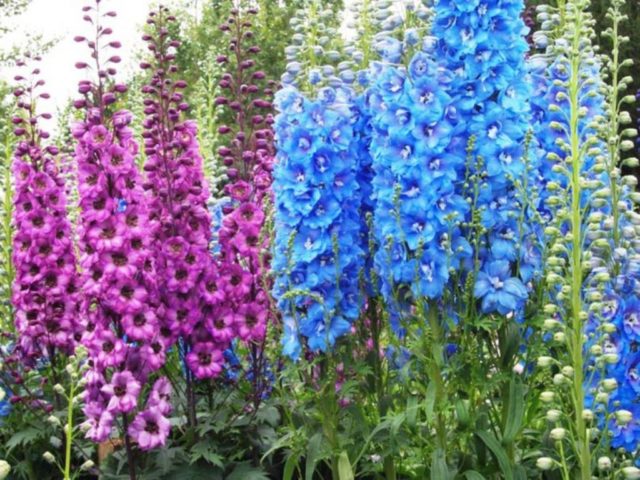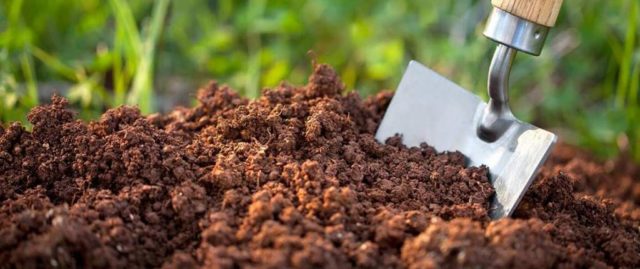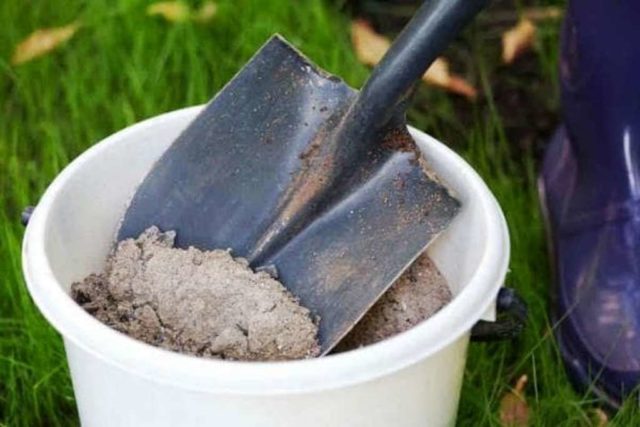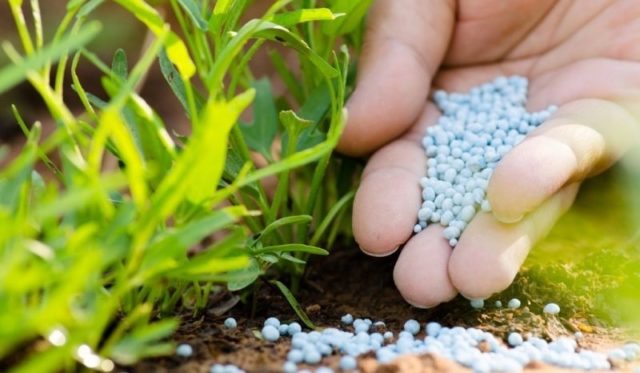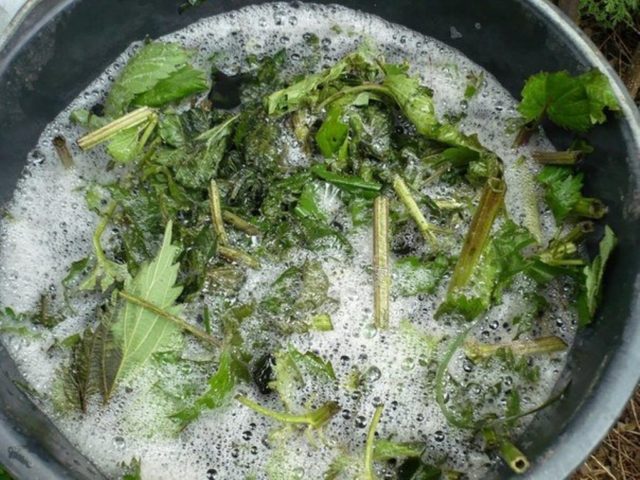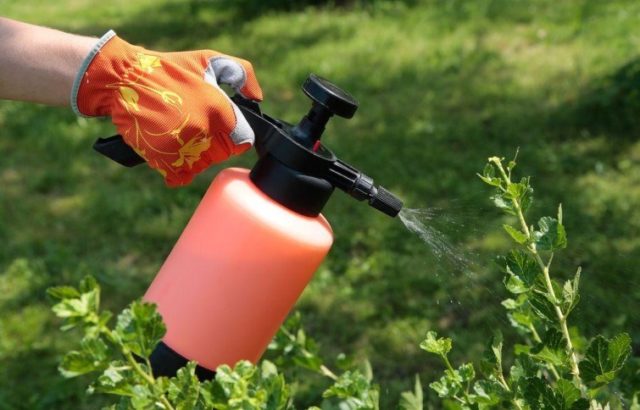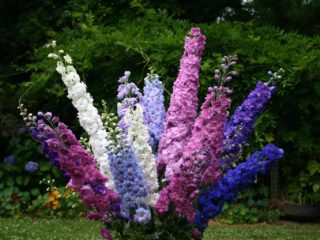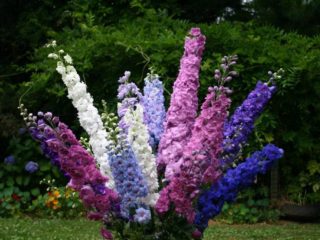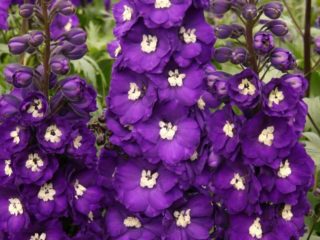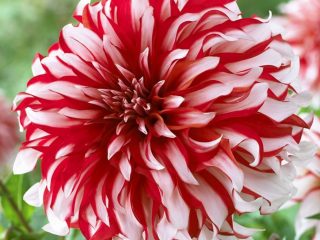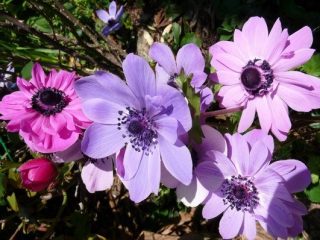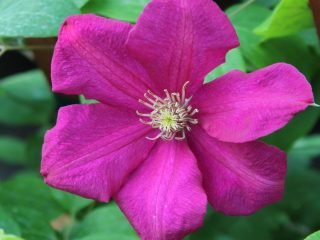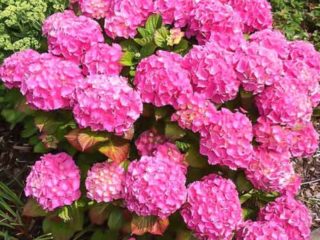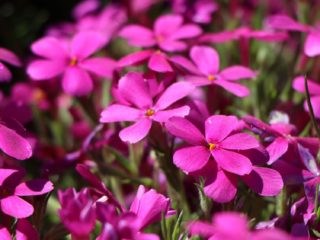Content
Delphinium is a beautifully flowering, ornamental plant that, with proper care, will delight the eye for many years. For long and bright flowering, proper and timely feeding of delphiniums is necessary. Since the plant forms powerful stems and leaves, fertilizers are applied 3 times during the summer.
Features of feeding delphinium
Delphinium has gained great popularity among gardeners for its tall growth and bright, long-lasting flowering. Delphinium is divided into 2 types - annual and perennial, but for beautiful and fragrant flowering they need feeding.
Flowers are fed in spring and summer, but experienced flower growers recommend applying additional fertilizer in early autumn, after flowering. The key to beautiful flowering is the correct site and soil composition. When planting a plant, the soil is dug up and flavored with rotted manure, humus or compost, but in order not to harm the delphinium, you need to know that if the soil becomes acidic, the flower may not bloom and die.
If there is a lack of nutrients, the delphinium often begins to get sick. The first signs of the disease can be detected by the appearance of the plant:
- Lack of nitrogen - delphinium lags behind in growth and development, the foliage becomes smaller and discolored, flowering is rare, and there is no aroma. Excess - an increase in green mass to the detriment of flowering.
- With a lack of phosphorus, the leaf blade turns brown or completely darkens.
- A lack of potassium appears on the foliage in the form of a light border, which dries out, curls and the leaf falls off.
- Magnesium deficiency - delphinium lags behind in growth and development.
- With a lack of calcium, the root system and the top of the flower suffer, the rhizome grows, which leads to rapid depletion of the plant.
- If the flowers quickly fall off, the top dries out, and the foliage becomes deformed, then the delphinium needs to be fed with boron.
When to feed delphinium
During the summer period, delphinium grows a powerful green mass, and the plant spends a lot of strength and energy on this process. Perennial specimens need feeding regularly, since the deep root system sucks out many useful substances from the soil, which are necessary for rapid development and beautiful flowering.
Feeding delphinium in spring
The first fertilizing is applied after the snow melts, at the beginning of the growing season. Before applying fertilizers, a soil analysis is carried out. Clay soil is flavored once, light soil – 2 times with an interval of 2-3 days.
The area is carefully loosened and ammonium sulfate, superphosphate and potassium chloride are added. The fertilizer is sprinkled superficially onto well-watered soil.
For abundant and long flowering, the delphinium needs to be fed at the end of spring, when the plant begins to produce buds.To do this, you can use manure strictly in recommended dosages.
Method of preparation of fertilizing:
- mullein is diluted in water at the rate of 1:10;
- the slurry is infused in the sun for about 2-3 days;
- the ready-made working solution is enough to feed 20 young seedlings;
- Additionally, phosphorus-potassium fertilizers are applied to the delphinium.
Feeding delphinium in autumn
The third fertilizing for the delphinium is applied before the second flowering. During this period, manure and potassium-phosphorus fertilizers are applied, only the amount should be reduced by 1.5 times.
How to feed delphinium
Delphinium is fed with organic, mineral and natural fertilizers prepared independently. Using all types of fertilizer, you can grow a powerful, beautifully flowering bush that will bloom for a long time and fragrantly throughout the summer.
Organic fertilizers
When adding organic matter, the delphinium will produce large buds, begin to bloom actively, and the flowers will acquire a bright appearance and an unforgettable aroma. Organic fertilizers that can be used for delphinium:
- A good result is obtained by slurry diluted with water in a ratio of 1:10. Organic fertilizing can be combined with mineral fertilizing. To do this, 1 liter of mullein infusion is diluted with 1 tbsp. l. mineral fertilizer complex and a bucket of warm water. Up to 3 liters of solution is used for each plant.
- Mulch with hay and grass clippings. It will not only retain moisture and stop the growth of weeds, but will also serve as an additional organic fertilizer.
- 50-100 g of “Veriohumus” added to each bush will help young seedlings to take root faster, restore strength to an adult plant, and give flowering a bright color and a pleasant aroma. When applying the Biohumus preparation, the foliage will turn a rich color, and the shelf life of the buds will increase by 1 month.
- Wood ash is an effective organic fertilizer. It contains many microelements that have a beneficial effect on growth and development. Ash is mixed with soil or an ash infusion is made (1 tablespoon of ash per 1 liter of warm water).
- Leaf humus will provide the plant with balanced nutrition.
- The use of succinic acid is 1 g per 0.5 bucket of water. The prepared fertilizer will make the buds strong, large and long-blooming, and the foliage will acquire a rich olive color. Amber fertilizer can be used only once a season.
Mineral supplements
These fertilizers are often applied when growing a young plant. The procedure is carried out 2 times a month. Technology for applying mineral fertilizers:
- Young seedlings are fed with phosphorus-potassium fertilizers with the addition of growth stimulants.
- In parallel with feeding the young delphinium, you can add a weak solution of potassium permanganate or the drug “Maxim”. This top dressing will disinfect the soil and save young seedlings from various diseases. Treatment is carried out once a week before planting seedlings in open ground.
- When cuttings, use the drug “Root” or “Kornevin”. 2 weeks after planting the seedling in a permanent place, the cuttings are sprayed with the “Quick Effect” complex fertilizer.
- Before planting the seedling, rotted compost and the Kemira mineral fertilizer complex, prepared at the rate of 1 tbsp, are added to the hole. l. into a bucket of warm water.
- The first treatment of a rooted seedling is carried out with a mixture of azophosphate, urea, superphosphate or potassium sulfate. Fertilizers are diluted in 10 liters of water; at least 2 liters of the prepared solution are used for each plant.
Many gardeners replace chemical fertilizers with natural ones. You can prepare green fertilizer with your own hands. There are several proven recipes:
- Tea bags and ground coffee improve the soil structure and increase the flowering period of delphinium.
- Citrus dressing - the zest of an orange, lemon or tangerine is poured with boiling water and left to infuse for 24 hours.
- Banana peels are very rich in potassium. The peel is ground to a powder, mixed with soil and scattered around each bush.
- Yeast is a natural growth stimulator. 10 g of raw materials are diluted in 1 liter of warm water with the addition of 1 tbsp. l. granulated sugar. Yeast feeding is infused for several hours until foam forms in a warm, sunny place. The prepared solution is diluted in a ratio of 1:5 and the delphinium is spilled, using 1 liter of working solution.
- 50 g of onion peels are poured into 2 liters of boiling water and left for at least 2-3 hours. The infusion is used for watering, as well as for prevention against pests and diseases.
- Green dressing - nettles and dandelions are crushed. The herb is placed in a bucket or barrel with ¼ volume, filled with warm water and left in a warm place to infuse. For better fermentation, you can add black bread or yeast to the barrel. To feed the delphinium, the prepared solution is diluted with water at the rate of 1:10.
Rules for applying fertilizing
Delphinium is a poisonous plant, so when caring for it it is necessary to take protective measures.After feeding, you need to thoroughly wash exposed skin with warm water and soap. During feeding, work is carried out in compliance with safety measures, wearing:
- protective gown;
- glasses;
- gloves;
- respirator;
- closed shoes.
If the drug gets on open skin or mucous membrane, the affected area is washed with warm water, and if an allergic reaction occurs, you should immediately consult a doctor.
To help and not harm the plant, you need to know simple rules for applying fertilizers:
- Fertilizing should not be applied to dry soil. Before use, the soil is shed generously with clean, settled water to avoid burning the root system. Watering is carried out strictly at the root, trying to prevent moisture from getting on the leaves and flowers.
- You cannot fertilize immediately after transplanting the delphinium. The first fertilizing is applied 14 days after planting in a new place.
- In autumn, fertilizers that do not contain nitrogen are applied to the delphinium, since this microelement will contribute to the growth of green mass, and the plant will go into hibernation in a weakened state.
- During the period of active growth, nitrogenous fertilizers can be applied once every 10-14 days.
- It is better to underfeed the plant than to overfeed it, and to protect the roots from burns, all feeding should be diluted strictly according to the instructions.
Conclusion
Feeding delphiniums is necessary for abundant and long flowering. If you follow agrotechnical rules, the plant will delight you with bright and fragrant flowers that will appear until the first frost.
